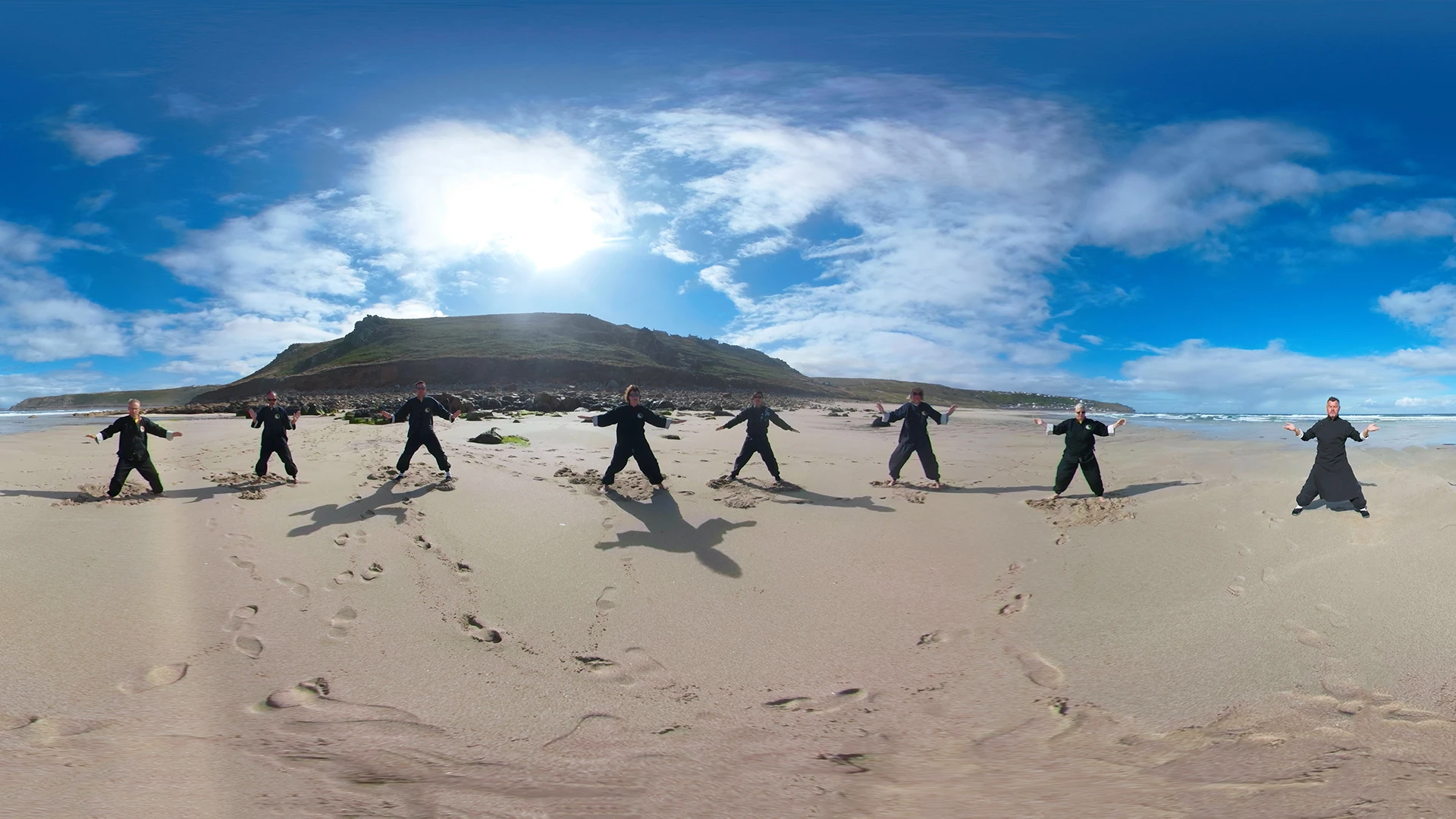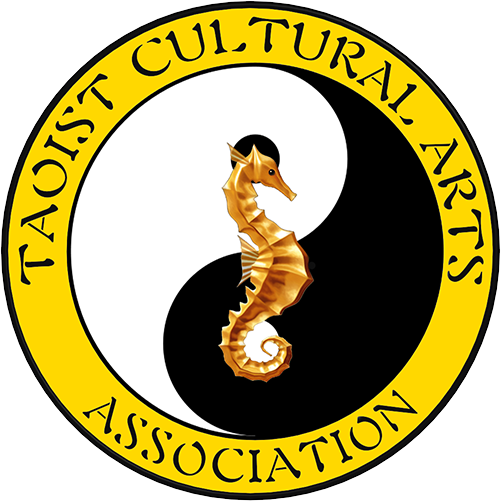Tai Chi is a practice that is steeped in Taoist philosophy. The practice involves slow, flowing movements that aim to cultivate internal energy, or qi, and develop a sense of harmony with the universe. One of the most important aspects of Tai Chi is Sticky Hands, also known as Yifu Shou (依附手). In this post, we will explore the techniques involved, how they fit in with Taoist philosophy, and how they exemplify the principle of wuwei.
Understanding the Techniques
Sticky Hands is a two-person exercise that is designed to develop sensitivity to your partner’s movements and respond to them with fluidity and grace. The exercise involves various techniques, including sticking, adhering, listening, and neutralizing. These techniques are essential for mastering the art of sticky hands and becoming a skilled Tai Chi practitioner.
- Sticking
The first technique in sticky hands is unsurprisingly sticking. This involves maintaining contact with your partner’s hands and arms while they move. The goal of sticking is to develop sensitivity to your partner’s energy and movements. By sticking to your partner’s hands, you can sense their movements and respond to them accordingly.
- Adhering
The second technique is adhering. This involves following your partner’s movements while maintaining contact with their hands. Adhering helps you to stay grounded and maintain your balance while responding to your partner’s energy.
- Listening
The third technique is listening. This involves paying attention to your partner’s movements and responding to them accordingly. Listening helps you to stay present and focused on your partner’s energy and movements.
- Neutralizing
The fourth technique is neutralizing. This involves using your partner’s energy to your advantage. By neutralizing your partner’s movements, you can gain the upper hand and respond to their movements with fluidity and grace.
How Sticky Hands Fits in with Taoist Philosophy
Taoist philosophy emphasizes the importance of harmony, balance, and naturalness. These principles are reflected in the practice of Tai Chi and Sticky Hands. Sticky Hands teaches you how to respond to your partner’s movements with fluidity and grace, which reflects the principle of naturalness in Taoist philosophy. By following your partner’s movements and using their energy to your advantage, you can achieve a sense of balance and harmony in your practice.
The Principle of Wuwei in Sticky Hands
Wuwei is a fundamental principle in Taoist philosophy that emphasizes the importance of non-action. It does not mean inaction but means acting effortlessly, without forcing or struggling. In Sticky Hands, the principle of wuwei is reflected in the practice of neutralizing. Neutralizing involves using your partner’s energy to your advantage without using force or struggling. By acting effortlessly, you can achieve a sense of harmony and balance in your practice.
The principle of Softness in Sticky Hands
Remember that softness in Tai Chi has a special meaning that is different from the conventional linguistic understanding of softness, it means using the partner’s energy to achieve your objective of uprooting their balance using their movements instead of your own.
Softness is a core principle in Tai Chi that is often misunderstood as simply being gentle or yielding. In Tai Chi, softness refers to the ability to remain relaxed and pliable while maintaining a sense of stability and centeredness. It is a physical, mental, and emotional state that allows you to move with fluidity and grace, responding to your environment and partners with minimal effort.
In Sticky Hands, the practice of softness is crucial because it enables you to work with a partner and learn how to respond to their movements with ease and efficiency. The principle of softness in Sticky Hands is closely related to the concept of Wu Wei, which translates as “effortless action” or “action without action.” Wu Wei is an important concept in Taoist philosophy and refers to the idea of acting in a way that is aligned with the natural flow of the universe, without imposing your will or forcing outcomes.
Softness in Sticky Hands involves using your partner’s energy and movements to achieve your objective of uprooting their balance, instead of relying solely on your own strength and force. By remaining soft and pliable, you can sense your partner’s movements more accurately and respond to them with minimal effort. Softness allows you to adapt to changing situations and adjust your movements in real time, which is essential in Sticky Hands when working with a partner.
The objective of Sticky Hands is to learn how to neutralize your partner’s force and redirect it with minimal effort. Softness is crucial in push hands because it allows you to sense your partner’s movements and redirect their energy without using excessive force.
In Sticky Hands, softness is not just a physical attribute but also a mental and emotional state. It requires a deep sense of relaxation, receptivity, and non-resistance to be able to respond to your partner’s movements with minimal effort. By developing a sense of softness in your Sticky Hands practice, you can improve your sensitivity, reflexes, and efficiency in your movements. Softness also allows you to work with your partner in a cooperative and non-confrontational way, which is aligned with the principle of Wu Wei in Taoist philosophy. The psychological effect of sticking to the partner tends to neutralize an aggressive force and make the partner withdraw their attack.
In conclusion, Sticky Hands is an essential aspect of Tai Chi that reflects the principles of Taoist philosophy. By practicing the techniques of sticking, adhering, listening, neutralizing, and softness you can develop sensitivity to your partner’s movements and respond to them with fluidity and grace. The practice of Sticky Hands exemplifies the principle of wuwei by emphasizing the importance of acting effortlessly and achieving a sense of harmony and balance in your practice. By incorporating Sticky Hands into your Tai Chi practice, you can enhance your skills, increase your mental focus, and achieve a greater sense of well-being.


Leave a Reply